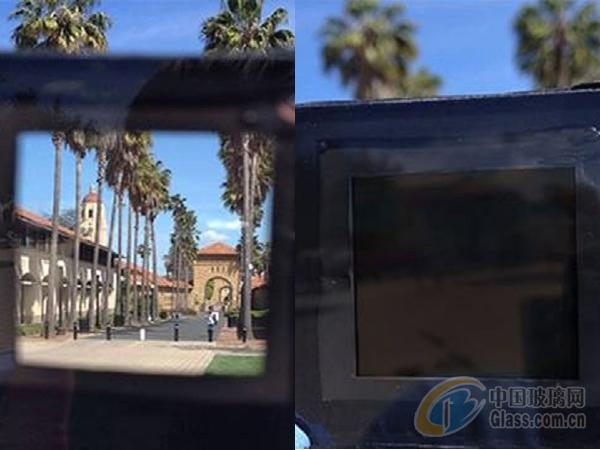Post Time:Aug 23,2017Classify:Industry NewsView:920
Stanford University engineers have developed dynamic windows that can switch from transparent to opaque or back again in under a minute.

Stanford University engineers have developed dynamic windows that can switch from transparent to opaque or back again in under a minute, a significant improvement over dimming windows currently being installed to reduce cooling costs in some buildings.
The newly designed “smart” windows consist of conductive glass plates outlined with metal ions that spread out over the surface, blocking light in response to an electrical current. The results are described in a study published Aug. 9 in the journal Joule.
“We’re excited because dynamic window technology has the potential to optimize the lighting in rooms or vehicles and save about 20 percent in heating and cooling costs,” said Michael McGehee, a professor of materials science and engineering at Stanford and senior author of the study. “It could even change the way people wear sunglasses.”
The researchers have filed a patent for the new technology and have entered into discussions with glass manufacturers and other potential partners.
However, more research is needed to make the surface area of the windows large enough for commercial applications. The prototypes used in the study are only about 4 square inches (25 square centimeters) in size. The researchers also want to reduce manufacturing costs to be competitive with dynamic windows already on the market.
“This is an important area that is barely being investigated at universities,” McGehee said. “There’s a lot of opportunity to keep us motivated.”
Source: stanford.eduAuthor: shangyi
PrevStarfire Glass - Best For Interior Decor By Bear Glass
Graham Helps With Dramatic Transformation of Building 128, Brooklyn Navy Yard Next